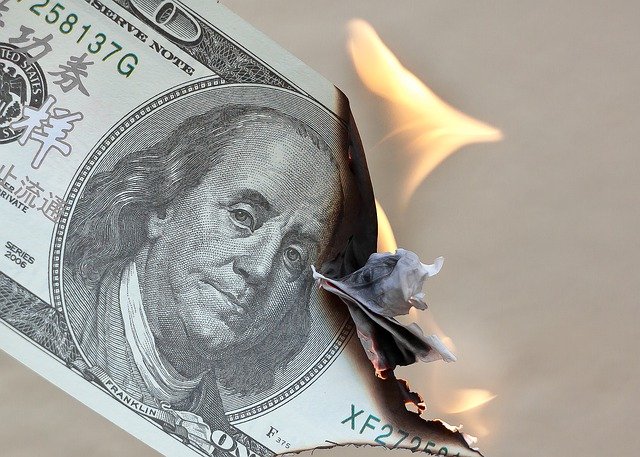
How does inflation affect purchasing power? To begin to understand how it works, it helps to know what purchasing power is and how it’s defined. Investopedia defines purchasing power as “the value of a currency expressed in terms of the amount of goods or services that one unit of money can buy.” So when we discuss purchasing power, we aren’t in this context talking about how much money you have and how many things you can buy with your financial resources, but rather the actual value of the money itself.
Remember how your older relatives would talk about buying a candy bar for 25 cents “back in the day” and how expensive they seem now by comparison? How far that 25 cents went back then compared to how far your 25 cents will go now is the kind of purchasing power we’re talking about here.
And it’s not always as simple as “what will my 25 cents buy today” because compared to “back in the day” with the 25 cent candy bar, manufacturing costs have changed and other variables come into play too, but for the sake of this discussion we’ll address only the power of your dollar and not the associated variables.
How Does Inflation Affect Purchasing Power?
Inflation is generally defined as a decrease in the value of money over time. There are a variety of reasons for the reduction in value. The candy bar that cost 25 cents to buy three decades ago is more expensive now because that same 25 cents simply is not as valuable. Investopedia says you can estimate the rate of inflation by examining the “increase of an average price level of a basket of selected goods” such as our candy bar, “and services in an economy over some period of time.”
Experts classify inflation into three different kinds: Demand-Pull inflation, Cost-Push inflation, and Built-In inflation. As the value of your money goes lower, you need more money to purchase the same candy bar.
Inflation affects purchasing power because if you save 10 thousand dollars over ten years, and then hang on to that money for another year or more, the value of your money goes down over time when inflation is happening. When the candy bar you bought for 25 cents now costs one dollar so you need four times as much money to purchase that candy bar.
Inflation is something that is actually required in limited forms to stimulate the economy. The more who save and hold their money, the higher inflation can potentially go. The more people who spend their money, in an oversimplified explanation, the potentially lower inflation can eventually go. Inflation is not a constant state, but when it starts there are variables that determine how high it may go. And those who put their money into “tangible assets” instead of simply holding on to the cash may actually benefit in times of inflation compared to those with cash stockpiles.
How does inflation affect purchasing power? In short, it reduces it. Smart consumers pay attention to economic indicators associated with inflation when planning their long-term finances and it pays to be educated on subjects like these to make the best choices with your money.

Joe Wallace is a writer and editor from Illinois. He was an editor and producer for Air Force Television News for 13 years, and has served as Managing Editor for publications including Gearwire.com, and Associate Editor for FHANewsBlog.com. He is also an experienced book and script editor specializing in non-fiction and documentary filmmaking.
